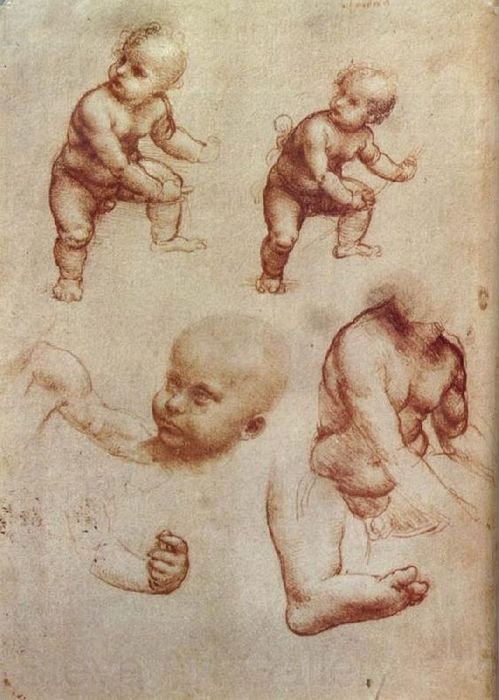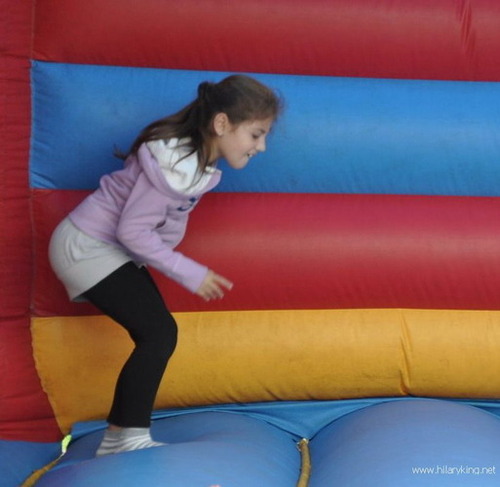Monkey Position – or Monkey Movement – or even Monkeying About?
The use of the term ‘monkey position’ in the Alexander Technique has perhaps led to people thinking of this as a held position, when in fact it is a very adaptable movement and a useful way of using the body in many different circumstances. (This AT use of the term has nothing to do with the term as used in the Kamasutra!).
Of course one may choose to hold this position for a time but it’s also possible to move through monkey to a lunge and back to monkey very smoothly and fluidly, for instance. F M Alexander called this ‘The position of mechanical advantage’ and it is indeed a functionally very good way of using the body, particularly for bending forwards in a way that protects the back.
‘Monkey’ Used in Activity
The fact that monkey can be used in activity is shown in this photo of an eight year-old child having fun playing on a bouncy castle and she quite naturally uses monkey position as she lands from a jump. Her spine is lengthening beautifully and she is aligned and all ready to bounce upwards again, once she has completed landing. She will be able to let her head lead her into an upward movement with very little effort.
In Alexander lessons, it sometimes takes adults a while to re-find this free way of allowing the hips, knees and ankles to work together in order to allow themselves to bend forwards whilst maintaining the length in the spine – but it is such a useful action that it is well worth working on, particularly for people that experience back pain, as using a
monkey position protects the spine whilst bending.
This is such a useful way to use the body for many activities in everyday life e.g.:
- Small monkeys are useful when chopping vegetables, washing up, cleaning our teeth
- Deeper monkeys are great to use when picking things up from the floor, putting our shoes on and gardening, for instance;
- A modified monkey position is helpful when riding a bike, rather than curling down over the handlebars in a crunched-up manner………
As an Alexander teacher, I use monkey position and lunges a lot when I’m giving
lessons, particularly when I’m working on people on the table during the active rest procedure. This helps me look after my own back and use, and it is far less tiring to move around in this way, rather than just contracting myself down as I bend over my pupils.
Importantly, the way I use my own body affects the quality of my teaching, so it is important to maintain my own
body use – and this is an vital part of the learning that every Alexander Technique teacher trainee has to take on board, before they qualify as teachers.

